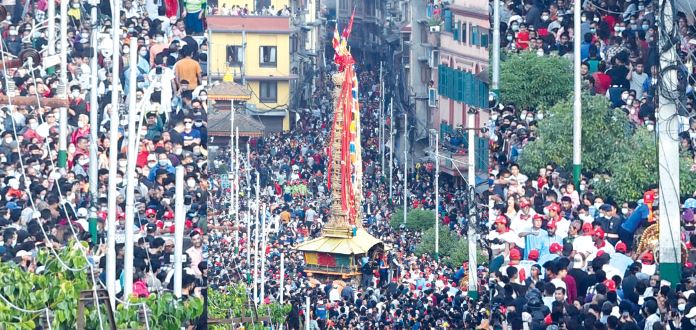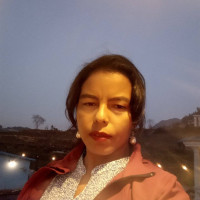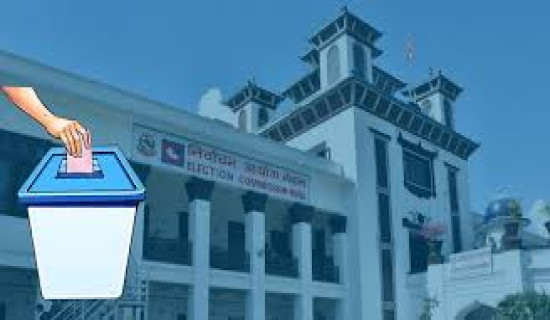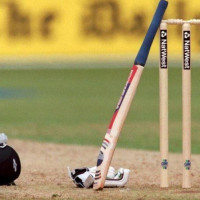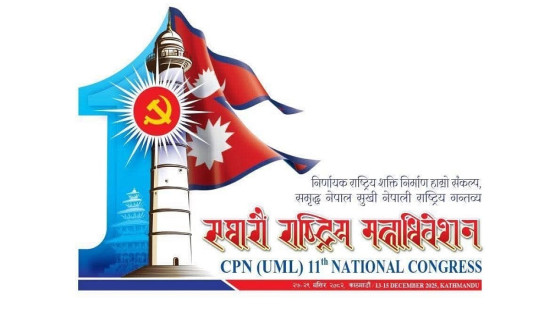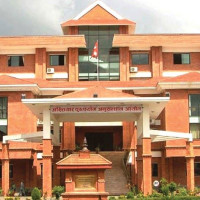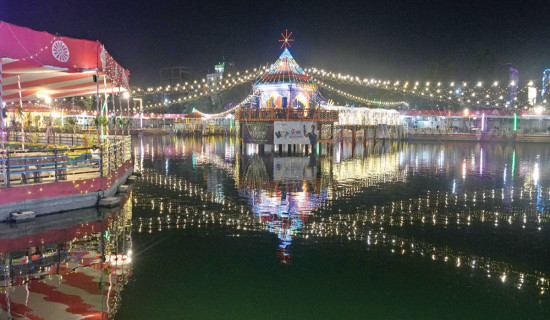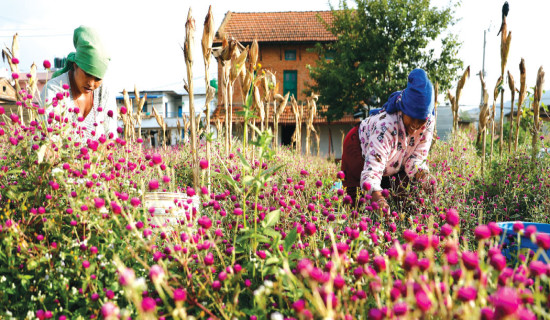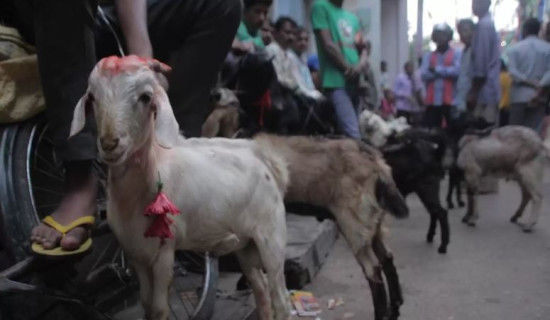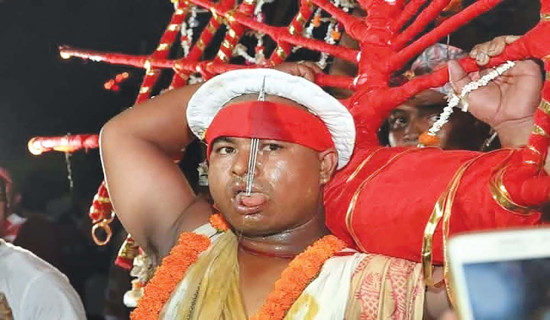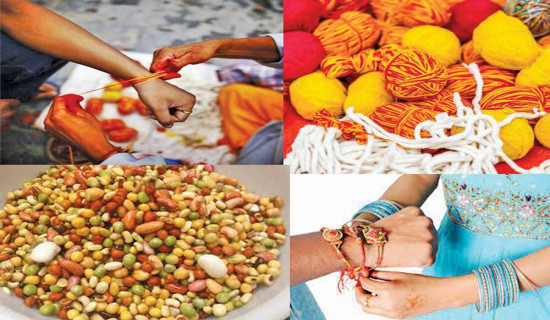- Tuesday, 16 December 2025
Machhindranath’s Dewali Puja performed
Kathmandu, May 27: Pujas are rituals generally associated with people. Worship ceremonies, by their nature, are rites performed by mortals to appease higher powers and gain blessings.
Lineage worships are even more particular and are performed by specific families and clans in specific ways to pay homage to their ancestors and pray to the guardian gods and goddesses. Known as Dewali Puja in Nepali and Digu Puja in Nepal Bhasa, lineage worships are an inherently human affair – a way for people to feel a connection with their deceased ancestors.
Gods, as all-knowing, all-seeing, all-existing divinities, are not generally thought of as descendants of a particular line. They belong to the entire universe and are paternal and maternal figures to every creature in existence. Deities are considered to be above and beyond the worldly concepts of lineage and bloodlines and hence, the notion of ancestral worship does not apply to them, right?
No; at least not in Kathmandu Valley and not in the case of Rato Machhindranath in Lalitpur. The red god of rain and good harvest believed to hold both male and female forms performed its Dewali Puja at Punchali (Purnachandi) Temple on Thursday.
The puja was held on the temple premises in Lalitpur Metropolitan City Ward No. 20. Purnachandi is believed to the ancestor of the scarlet deity Machhindranath.
Dil Kumar Barahi, head of the Barahi Da Guthi that represents the community of carpenters who work on wooden chariot of Machhindranath, said that the ancestor worship was one of the most important rituals carried out during the Rato Machhindranath Jatra – the longest chariot festival of the country.
The auspicious day for the god’s Digu Puja was fixed on the ‘Nariwal Khasaune’ day – the day coconuts are dropped from the top of the nine-storey chariot of the Red Machhindranth.
Now, people celebrate their Dewali as a grand occasion, having huge family gatherings and offering many items. But the Dewali of the literal god Machhindranath was performed in a very simple manner.
As is tradition, the member of Barahi Da Guthi brought some required items from their homes and offered to Purnachandi while they performed the worship for the red god known to Lalitpur locals as Bunga Dyo.
There are 24 members in Barahi Da Guthi and they, led by two priests, performed the rituals at Purnachandi. They sacrificed goats too.
Before the Dewali Puja, astrologers fixed the auspicious date for pulling the chariot of Rato Machhindranath from where it currently rests at Thati, Lagankhel to infront of the Lalit Mandap rest houses in Jawalakhel.
The team of astrologers Kirti Kiran Joshi and Purna Mangal Joshi gathered at the Mani Mandap Phalcha in Mangalbazaar, Patan Durbar Square and fixed June 1 as the date to pull the chariot. On this day, a puja to god Bishowkarma is also performed as part of the rituals associated with Machhindranath.
On the fourth day, starting from the day the chariot reaches Jawalakhel, the cloth vest known as Bhoto is displayed on the eponymously named Bhoto Jatra. This year, the Jatra falls on Saturday.

